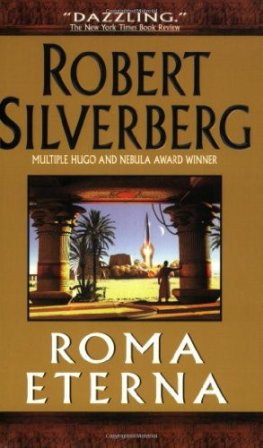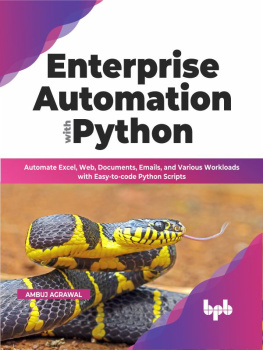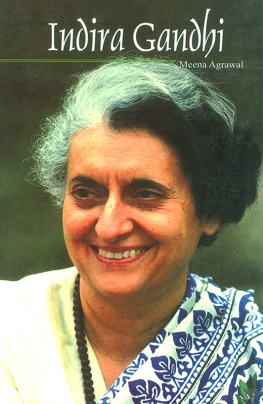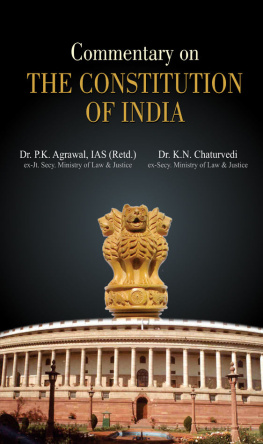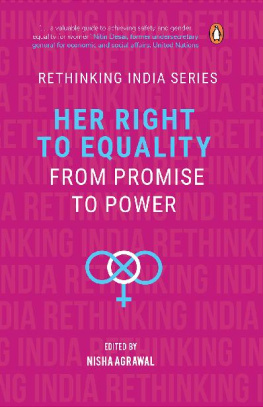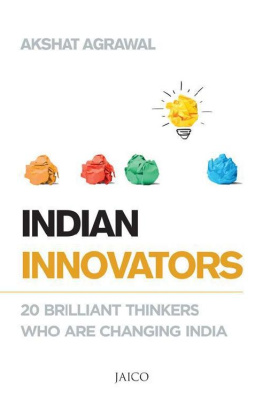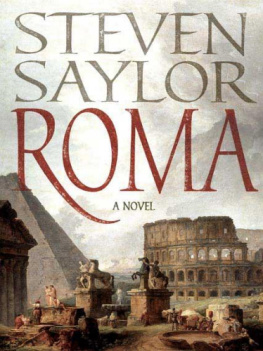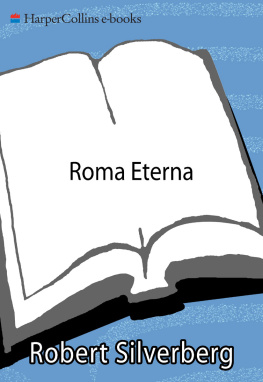Roma Agrawal - BUILT
Here you can read online Roma Agrawal - BUILT full text of the book (entire story) in english for free. Download pdf and epub, get meaning, cover and reviews about this ebook. year: 2018, publisher: Bloomsbury USA, genre: Romance novel. Description of the work, (preface) as well as reviews are available. Best literature library LitArk.com created for fans of good reading and offers a wide selection of genres:
Romance novel
Science fiction
Adventure
Detective
Science
History
Home and family
Prose
Art
Politics
Computer
Non-fiction
Religion
Business
Children
Humor
Choose a favorite category and find really read worthwhile books. Enjoy immersion in the world of imagination, feel the emotions of the characters or learn something new for yourself, make an fascinating discovery.

- Book:BUILT
- Author:
- Publisher:Bloomsbury USA
- Genre:
- Year:2018
- Rating:5 / 5
- Favourites:Add to favourites
- Your mark:
- 100
- 1
- 2
- 3
- 4
- 5
BUILT: summary, description and annotation
We offer to read an annotation, description, summary or preface (depends on what the author of the book "BUILT" wrote himself). If you haven't found the necessary information about the book — write in the comments, we will try to find it.
BUILT — read online for free the complete book (whole text) full work
Below is the text of the book, divided by pages. System saving the place of the last page read, allows you to conveniently read the book "BUILT" online for free, without having to search again every time where you left off. Put a bookmark, and you can go to the page where you finished reading at any time.
Font size:
Interval:
Bookmark:
BUILT
For Maa,
and for little Samuel.

CONTENTS
With one hand, I clutched my precious stuffed-toy cat, afraid that I would lose it. With the other, I clung to my mothers skirt. Terrified and exhilarated by the new, strange, unknown world in constant motion around me, I held on to the only two things that felt familiar.
When I think of Manhattan now, I am always taken back to my first visit, as an impressionable toddler: the funny smell of the car exhausts, the shouts of the streetside lemonade vendors, the swarm of people rushing by, bumping into me unapologetically. It was an overwhelming experience for a child who lived far from the big city. Here, instead of open sky, I saw towers of glass and steel blocking out the sun. What were these monstrous things? How could I climb them? What did they look like from above? I turned my head left and right as my mother dragged me along the busy streets. Stumbling after her with my head raised, I was transfixed by these pillars that reached towards the clouds.
At home, with my miniature cranes, I stacked building blocks to recreate what I had seen. At school, I painted tall rectangles on big sheets of paper in bright, bold colours. New York became part of my mental landscape as I visited and revisited the place over the years, admiring new towers that appeared on the ever-changing skyline.
For a few years we lived in America, while my father worked as an electrical engineer. We didnt live in one of the soaring skyscrapers that so impressed me on my visits to Manhattan, however, but in a creaking wooden house among the hills upstate. When I was six, my father gave up engineering to look after the family business in Mumbai, and I went to live in a seven-storey concrete tower that looked out towards the Arabian Sea. When my Barbie dolls finally arrived safe and sound at my new home, after a long sea journey in a storage container, it was of course essential that they were made comfortable. Pop helped me reassemble my cranes, laying out a large white sheet so I wouldnt lose any pieces. Making loud, whirring noises, I lifted long plastic tubes and manoeuvred pieces of card into position, building a house for my dolls. My first step, perhaps, towards a career in engineering.
Having an American accent and as youll soon discover if you havent already a tendency to be a bit geeky, I found my new school a challenge at first. I was teased by some for being a scholar. But gradually I found friends and teachers that got me. Through large gold-framed glasses, I eagerly read physics, maths and geography textbooks, and I loved art class, although I struggled with chemistry, history and languages. Mom, who had studied maths and science at university and had worked as a computer programmer, encouraged my growing interest in science and maths, assigning me extra homework and reading. Throughout my school years I loved these subjects best and I resolved to be an astronaut or an architect when I grew up. Back then, Id never even heard the term structural engineer, and never imagined that one day I would play a part in designing a magnificent skyscraper The Shard.
Since I loved learning so much, my family decided I should finish my schooling in another country, as it would be a great opportunity to broaden my horizons. And so, aged fifteen, I moved to London to study maths, physics and design at A level. Another new school in a new country, but this time I quickly sought out kindred spirits girls who found Faradays law as fascinating as I did, and who experimented in the lab just for fun. Brilliant teachers paved my way to studying physics at university, and I moved to Oxford.
At school, physics made sense to me. At university, it didnt at least to begin with. Light was both a wave and a collection of particles? Space-time could be curved?? Time travel was mathematically possible?! I was hooked, but it was tough stuff to get my head around. Academically, I always felt like I was a few steps behind my peers. It was a real reward when I finally figured out how something worked. I balanced hours in the library with ballroom and Latin dance lessons, learning to wash clothes and to cook (though perhaps not all that skilfully, as youll see), and generally fending for myself. I was enjoying physics; my childhood dreams of going into space or becoming an architect became distant memories. At the same time, however, I had little idea of what I wanted to do with my life.
Then, one summer, I worked in the physics department at the University of Oxford, drawing up plans of all the fire-safety features in the various buildings. The task in itself was hardly world-changing, but the people who sat around me were working on projects that were. They were engineers, and their job was to design the equipment that physicists could use to seek out the particles that define how our world works. As you might imagine, I badgered them with questions and was astonished at what their jobs entailed. One was designing a metal holder for a glass lens a simple task, you might think, except that the whole apparatus had to be cooled to -70 Celsius. Metal contracts more than glass, and unless the holder was cleverly and carefully designed, the cooling metal would crush the lens. It was just a tiny piece in a immense maze of machinery, but a complex and creative challenge. I spent hours of my free time trying to figure out how I might solve the problem.
Suddenly, it became very clear to me: I wanted to use physics and maths to solve practical problems and, in the process, help the world in some way. And it was at this point that my childhood love of skyscrapers re-emerged from the depths of my memory. I would be a structural engineer and design buildings. To make the transition from physicist to engineer, I studied at Imperial College London for a year, graduated, got a job and began my life as an engineer.
As a structural engineer, I am responsible for making sure that the structures I design stand up. In the past decade I have worked on an amazing variety of constructions. I was part of the team that designed The Shard the tallest tower in Western Europe spending six years working out the sums for its open-air spire and foundations; I worked on a fancy footbridge in Newcastle, and the curving canopy at Crystal Palace station in London. Ive designed hundreds of new apartments, brought a Georgian townhouse back to its former glory, and ensured an artists sculpture was stable. Whilst my job involves using maths and physics to create things (which in itself is incredible fun), it is also so much more. For a start, a modern engineering project is an enormous piece of teamwork. In the past, engineers like Vitruvius (who wrote the first treatise on architecture) or Brunelleschi (who built the breathtaking dome that crowns Florences cathedral) were known as master builders. They knew about every discipline necessary for construction. Nowadays structures are more complex and technically advanced, and no single person can design every aspect of a project. Each of us has an area of specialisation, and the challenge is to bring everybody together in an intricate and quietly frenetic dance that weaves together materials, physical effort and mathematical calculations. With the architects and other engineers, I brainstorm design problems. Our drawings assist site managers, and surveyors calculate costs and consider logistics. Workers on site receive materials and reshape them to create our vision. At times, its hard to imagine that all this sometimes chaotic activity will resolve into a solid structure that will last for decades, or even centuries.
For me, each new structure I design becomes personal, as my building grows and takes on its own individual character. At first we communicate through a few rough drawings, but gradually I discover what will prop it up, and how it will stand tall and be able to evolve with the changing times. The more time I spend with it, the more I come to respect, even love it. Once complete, I get to meet her in person, and walk around her. Even after that, as far as Im concerned, we have an ongoing commitment to one another, and I watch from afar as other people take my place and develop their own relationships with my creation, making the building their home or workplace, protected from the outside world.
Next pageFont size:
Interval:
Bookmark:
Similar books «BUILT»
Look at similar books to BUILT. We have selected literature similar in name and meaning in the hope of providing readers with more options to find new, interesting, not yet read works.
Discussion, reviews of the book BUILT and just readers' own opinions. Leave your comments, write what you think about the work, its meaning or the main characters. Specify what exactly you liked and what you didn't like, and why you think so.

